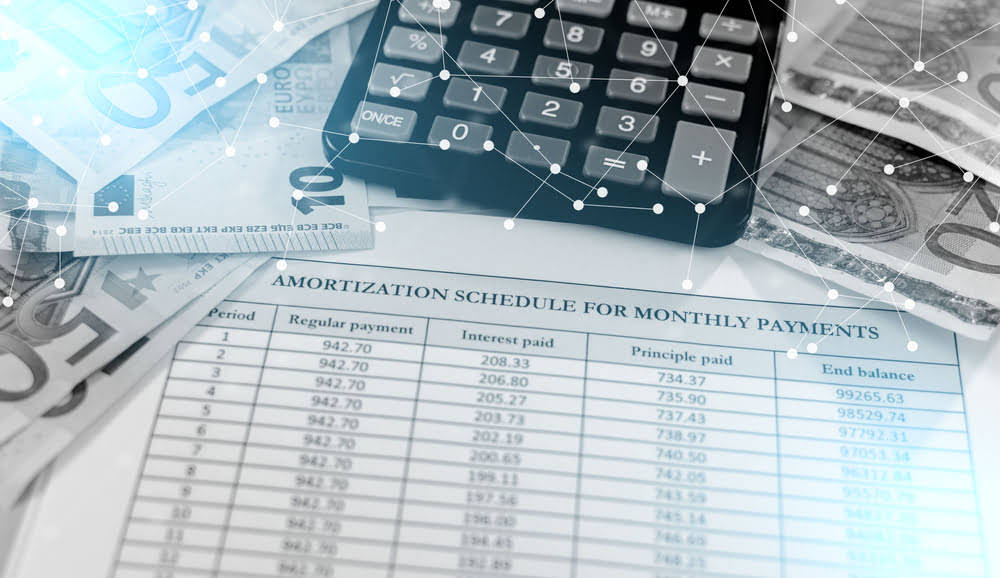In a margin account, the broker uses the $1,000 as a security deposit of sorts. If the investor’s position worsens and their losses approach $1,000, the broker may initiate a margin call. When this occurs, the broker will usually instruct the investor to either deposit more money into the account or to close out the position to limit the risk to both parties.
Margin Trading In Forex
- When a margin call occurs, the broker will ask you to top out your account or close some open positions.
- Leveraged trading is a feature of financial derivatives trading, such as spread betting and CFD trading.
- Traders should weigh if the profit potential sufficiently compensates for the increased risk.
- Calculating the amount of margin needed on a trade is easier with a forex margin calculator.
- As this hits the 85% maintenance margin buffer, the broker issues a margin call to deposit additional funds and bring equity above $8,500.
If your account margin level continues to fall, then a stop-out will be activated. The broker will attempt to close some or all open positions to bring your trading account back above the margin limit. Forex trading is a highly popular market for traders around the world. The decentralized what affects the price and performance of bonds nature of the Forex market allows traders to buy and sell currencies without the need for a centralized exchange. However, before diving into the world of Forex trading, it is crucial to understand the concept of margin level. Margin requirements are generally set by your forex broker and will at times, take into consideration both your experience and certain jurisdictional and legal requirements.
What is a good forex margin?
Leverage, on the other hand, enables you to trade larger position sizes with a smaller capital outlay. Margin level serves as an indicator of the riskiness of a trader’s account. The higher the margin level, the lower the risk of a margin call, which is a situation where a broker closes a trader’s positions due to insufficient funds. On the other hand, a low margin level indicates a higher risk of a margin call. So, for an investor who wants to trade $100,000, a 1% margin would mean that $1,000 needs to be deposited into the account. In addition, some brokers require higher margin to hold positions over the weekends due to added liquidity risk.
We outlay only $100 but a 5% move in either direction will lead to a gain or loss of $50. We outlay the full $1000 and a 5% move in either direction will lead to a gain or loss of $50. The higher the margin that you are using them magnificent your position is.
Depending on the trading platform, each metric might have slightly different names but what’s being measured is the same. He contacts his forex broker and is told that he had been “sent a Margin Call and experienced a Stop Out“. But for most new traders, because they usually don’t know what they’re doing, that’s not what usually happens. With a little bit of cash, you can open a much bigger trade in the forex market. Bob sure knows his fried chicken and mashed potatoes but absolutely has no clue about margin and leverage. As long as the Margin Level is above 100%, then your account has the “green light” to continue to open new trades.
With proper risk mitigation, margin can boost profits without jeopardizing the account. – Limit position sizes to 1-5% of account equity for diversification. – Maintain a buffer above the margin requirement so your equity doesn’t get too close.
How Does Margin Trading in the Forex Market Work?
The margin the broker requires will reflect the leverage you can access. On the flip side, the leverage the broker will allow shows the margin for the deposit the broker will require. When you close your position and complete the trade, your margin is returned to your account. This is known as ‘freed’ or ‘released’ and can be re-used to open new positions.
Global stock market rout: why are stocks falling, and is there more to come?
Paying attention to margin level is extremely important as it enables a trader to see if they have enough funds available in their forex account to open new positions. The minimum amount of equity that must be kept in a trader’s account in order to keep their positions open is referred to as maintenance margin. Many forex brokers require a minimum maintenance margin level of 100%. Lower margin requirements mean higher leverage, increasing the trading amount per dollar deposited.
Margin accounts are offered by brokerage firms to investors and updated as the values of the currencies fluctuate. To get started, traders in the forex markets must first open an account with either a forex broker or an online forex broker. Once an investor opens and funds the account, a margin account is established and trading can begin. As you can see, it is important to closely monitor both your open positions, your current profit and loss on each position, your margin requirements and the total account equity you currently have. Another concept that is important to the classic bestselling book understand is the difference between forex margin and leverage. Forex margin and leverage are related, but they have different meanings.
The sum total of those individual margin requirements is what is known as the margin level. Margin is a concept used across all financial markets but is particularly important in forex trading. As previously discussed, the Margin requirement is how much unused capital you need in your trading account to access leverage. – Reduce leverage and trade smaller sizes if you have limited capital to meet margin calls.
If you are trading CFDs, then you will have no choice but to trade on margin. That said, as a beginner, it is a good idea to start with a demo account and practice and when ready, be conservative with your leverage when using a live account. We also completed our 2024 guide on the Best Forex Brokers In Australia.
Margin Calls: An Important Trading Consideration
What you are doing by using margin is to effectively leverage software solution architect your position. And when you leverage a position, you will gain more, relative to the moves in the product. Free Margin or usable margin is the difference between account equity and used margin. This article looks at what margin trading is and looks at some of the key concepts one should be familiar with. Following prudent margin management practices reduces liquidation risks.




